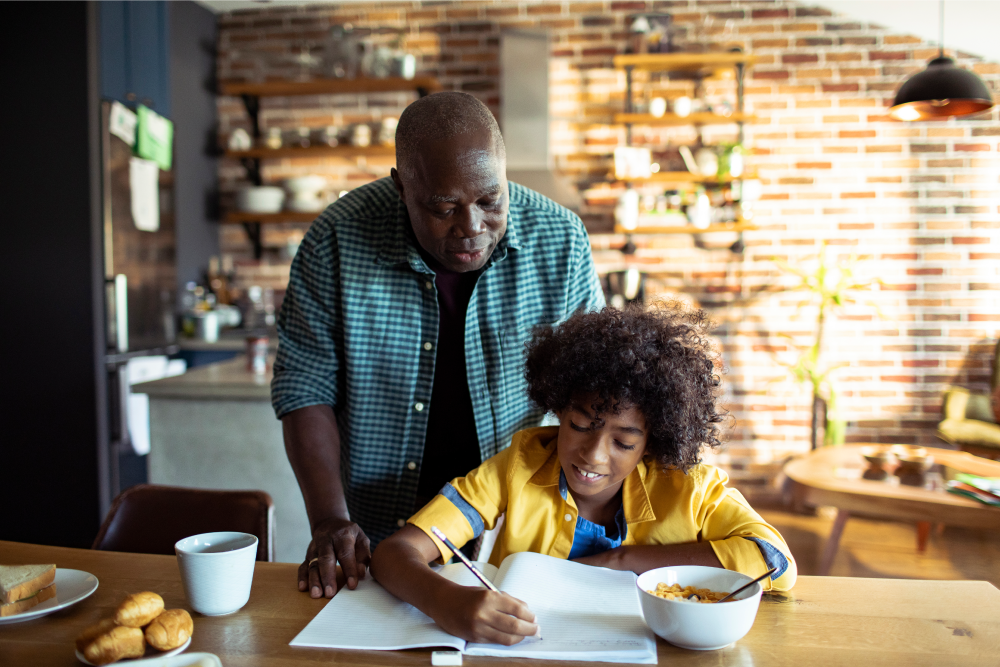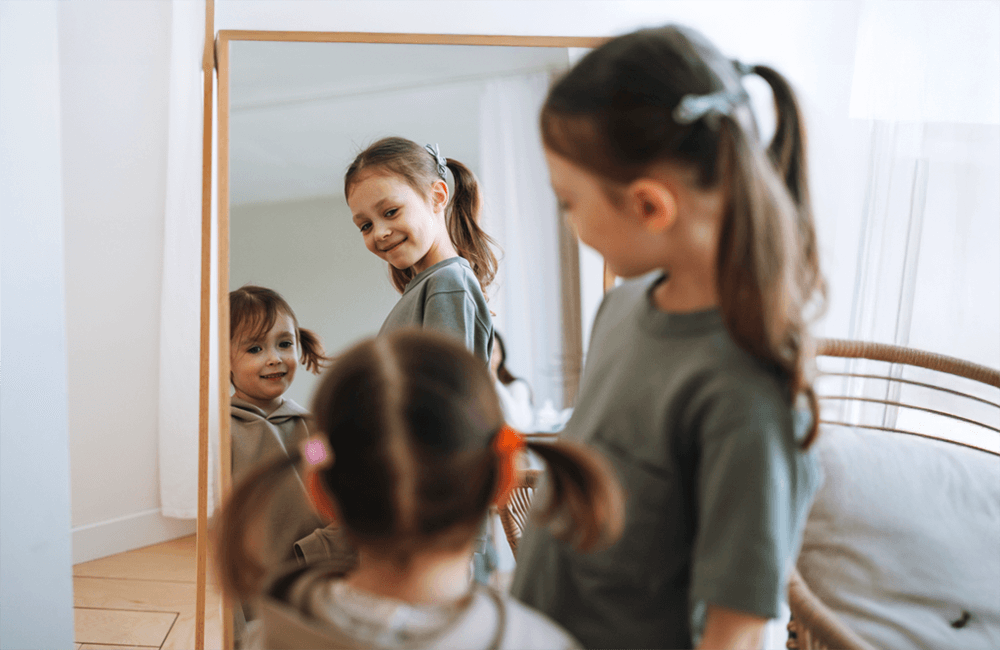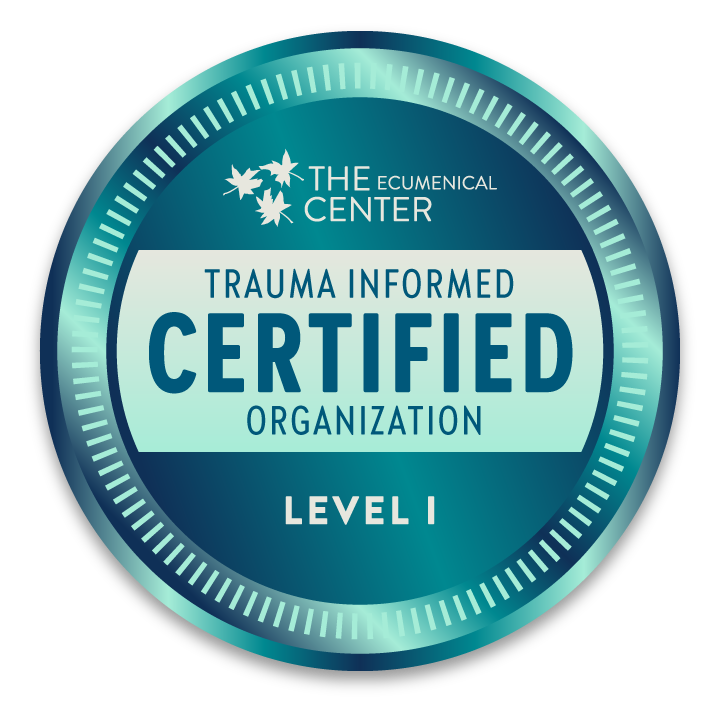Key Takeaways
Dial Down the Drama: Parenting kids with a trauma history amplifies this struggle. Let’s dive into a tool that turns down the volume on the chaos: The Circle of Control.
Covey’s Circle Magic: Remember Stephen R. Covey? He gave us more than just habits; he gifted us the Circle of Control. It’s like a superhero power for parents with kids whose world can feel like a rollercoaster.
Three Circles to Rule Them All: Imagine three circles – one for things you can’t control (hello, unpredictable weather), one for things you can kind of influence (looking at you, tricky classmates), and one for things you’re the boss of (yes, even your wild emotions). It’s parenting kung fu!
Parenting Hack: Circle of Cool: Why sweat the small stuff when you can focus on the Circle of Control coolness? From handling playground politics to building mental muscle, it’s the secret sauce for proactive parenting and raising resilient kids.
Navigating Parenting with the Circle of Control
Have you heard the phrase “don’t let someone live in your mind rent free”? This refers to spending a lot of time and emotions worrying about a person or thing to the point that it is having a significant impact on the individual’s thoughts or emotions, often in a negative way.
It is easy for everyone, kids included, to spend too much of their time and emotions worrying about things they have the least amount of control over. And when parenting kids who have already had plenty of hard relationships and experiences, this problem can be even more difficult. For kids who have experienced abuse, neglect, grief, and loss, much of their lives have been out of their control. So much so, that they crave control to feel safe. It is what helped them survive.
So, let’s talk about a tool you can use to help your child or teen cope with strong emotions and difficult events in their lives – the Circle of Control.
What is the Circle of Control?
Stephen R. Covey, author of the bestselling book “The 7 Habits of Highly Effective People,” first introduced this framework to boost personal and interpersonal effectiveness.
It is a visual representation of the things people can control, the things they have influence over, and things they have no control over. For example, how others behave, the weather, and the past are things that you have no power over. On the other hand, you have the ability to:
- Decide who you spend your time with
- Eat foods that fuel your body well
- Choose how you react to a situation
- Identify and direct your emotions
The list goes on…
What’s great is that the circle of control can be used not only by adults, but also with kids who may be struggling with anxiety and a need for control. Whether they are struggling with relationships at school, academic performance, or anxiety, this tool can help!
Understanding the Circle of Concern, Influence, and Control Circle of Concern
This is the outermost circle and it shows things we often worry about but cannot control no matter what we do. It includes the weather, a family member’s health, war, politics, climate change, what teachers we have, and what the school serves for lunch.
Focusing on these things can make a child or teen feel powerless and frequently worried, because truth be told, there’s an infinite list of things that we care about but are out of our power.
Understanding the Circle of Concern, Influence, and Control Circle of Concern
Circle of Concern
This is the outermost circle and it shows things we often worry about but cannot control no matter what we do. It includes the weather, a family member’s health, war, politics, climate change, what teachers we have, and what the school serves for lunch.
Focusing on these things can make a child or teen feel powerless and frequently worried, because truth be told, there’s an infinite list of things that we care about but are out of our power.
Circle of Influence
After the circle of concern, we go a little deeper and enter the circle of influence. It’s an area where we have some but not complete control, thus the term “influence.”
Take, for example, a classmate who’s always calling you names and excluding you. You know that you cannot control if or when they stop behaving that way, but it may be possible for you to inspire him or her to be more kind or boundaries you can set to minimize their behavior’s emotional impact.
Circle of Control
This is the innermost circle, which consists of all the things that we can directly impact and where we have full control.
Some examples include your attitude, what you read and watch, the food you eat, how you respond to others, and where you direct your thoughts. Mastering this circle takes practice, especially when a child has big emotions or low self-awareness and regulation skills.
Why Focusing on the Circle of Control is Important
Focusing on what you can control allows you to use your energy and emotions wisely. It has many benefits that can help you combat anxiety and overwhelm like:
- Helps a child or youth realize the impact of taking responsibility for their inner world and allows them to analyze areas of opportunity that they have full control over.
- By recognizing things in their circle of control, they can work towards improved mental health and set goals such as practicing gratitude, getting more sleep, drinking more water, finding a support community, etc.
- Improves flexible thinking by understanding that they can only control themselves. It helps them to accept and work through outcomes that are not what they had hoped for but cannot be changed.
How to Apply the Circle of Control with a child or youth
Try to identify day-to-day situations where they need to exercise self-control. Usually, these are challenging situations or triggers that cause anxiety, sadness, doubt, and other negative emotions.
A sample scenario would be a child’s friend deciding to exclude them on the playground, causing a child to feel inferior. Using the circle of control, that child can focus on being a good friend and thinking flexibly about other playmate options instead of her friend’s exclusive behavior. Furthermore, she can control her self-talk, tell her friend how it made her feel or use it as a catalyst to think about how she treats peers.
Download our free Circles of Control Parenting Resource.
The Bottom Line
All kids struggle with fears, doubts and anxiety. Children with hard histories tend to over-read negativity into situations as a form of self-protection. They also have unique challenges related to identity and abandonment that make them particularly vulnerable to excessively critical self-talk and automatic negative thoughts.
The circle of control isn’t just beneficial for overcoming worry and anxiety. It’s a powerful tool that can help your child develop a proactive mindset, improve their mental health, and strengthen mental flexibility, which increases their resilience to overcome life’s challenges.













